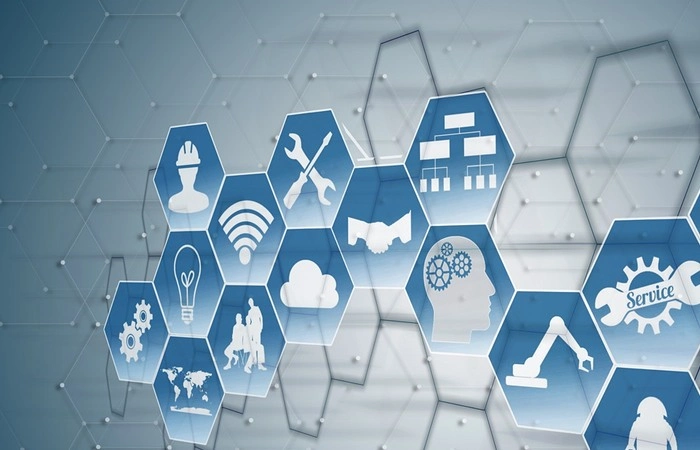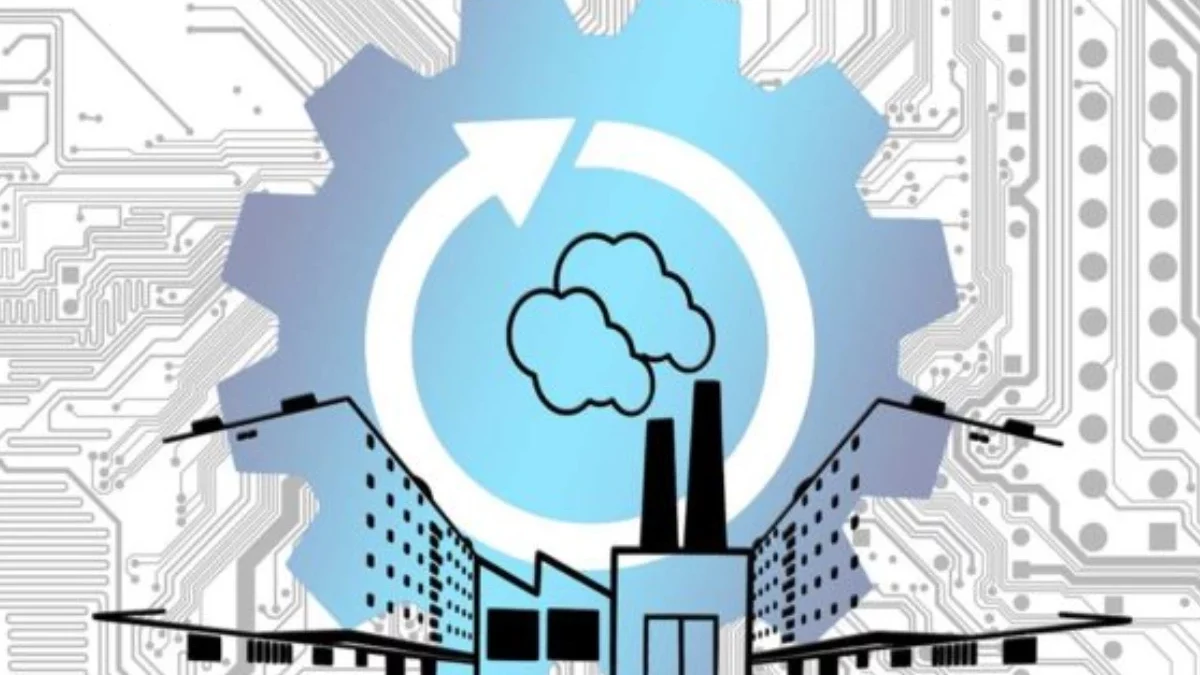Environmental Impact Through Modified Testing Strategies – Due to the credit crunch, energy prices are on the rise and financial markets are under pressure. Organizations are now under pressure to drastically lower their cost to income ratio and meet challenging goals. Additionally, consumers are choosing businesses with a greener image in addition to the traditional differentiators like price, reputation, service, etc. because global warming is becoming much more prominent in the media.
Given that IT is now acknowledged as a significant polluter within IT organizations, the challenge is even more pressing. As a result, internal procedures and the technology in use are a hot topic for debate and will significantly alter the organization’s appearance.
Here, we’ll try to emphasize how testing can be modified to account for these factors.
Table of Contents
Evolution of the global testing
It is the duty of the testing community and the professionals who work there to evaluate proposed deliverables and compare them to a set of predetermined requirements to determine whether or not they are fit for purpose.
Examples include:
- Validating the overall quality of the system/product through usability testing to ensure ease of use;
- Product quality is achieved through the identification of defects and by understanding their impact on an individual or on a company;
- Reducing business risk through testing activities;
- Maximizing service delivery by identifying flaws before the customer does.
As a specialized subject, testing changes in response to:
- Political and governmental decisions;
- Shifts in the business environment (such as the credit crunch and the imposition of strict budgetary controls);
- Adoption of innovative methodologies and testing techniques.
The Current Impact on Testing
Because of the widespread recognition of data centers as significant contributors to environmental impact. Data center operations are under intense pressure to maintain highly high utilization with the least amount of resource loss. Approximately 1.5% of the nation’s total electricity consumption is used by servers and data centers. To support business processes, we continue to rely on technological advancement, which is why this number is increasing yearly.
Here are a few things that could be improved:
- Multi-core production process (at least two distinct cores on the same die), which significantly improves 64-bit application performance while lowering IT cooling and density issues by increasing performance per square foot, increases system utilization via application consolidation, and reduces data center footprint and power usage and heat loss;
- Virtualization; some systems might require a lot of CPU, memory, or disk I/O. Understanding which simulated workloads can coexist on hardware without putting a strain on resources is the goal. Once more, virtualization reduces energy consumption and waste by requiring less hardware and making better use of what is already available;
- Real-time data compression lowers the amount of data compiled to storage devices, which lowers the storage system’s CPU, disk, memory, and network usage. Compressed data not only reduces energy consumption but also the amount of space needed for maintaining the data center and the energy required to cool the space.

Each of these strategies has advantages and disadvantages, but they will all have a big impact on testing. The test strategy as well as test plan used to validate and verify the selected deliverables. It will differ according to the method taken. The test team must have a certain level of technical knowledge for each approach in order to comprehend how applications work and how test data is read, inputted, and stored within a decision. Therefore, it is strongly advised that this activity be managed by specialized testing groups. Visit the TestFort’s homepage for details and find the most experienced software testers for your next project.
Data duplication is a common practice in data storage, which consumes resources unnecessarily, ultimately results in inaccurate data retrieval, and can even cause performance problems because data is read repeatedly.
Testing Methods to Decrease Environmental Impact
Rules of the Project

Typically, project developers and test teams operate from separate locations within the same nation or even abroad, especially in multinational organizations. Testing staff frequently travels back and forth for project briefings, update meetings. Or even knowledge transfer sessions. Businesses no longer need to calculate the financial cost of staff time spent at airports, flight costs, and subsequent travel expenses. Instead, we must calculate our carbon footprint.
One passenger on a regular flight from Dublin to London can produce 0.13 tons of CO2, which is the same as driving about 800 miles by car. Although videoconferencing is nothing new, technology is constantly improving. And the Coronavirus pandemic has added to this growth. Companies can reduce their CO2 emissions by thousands of tones in this way, and they can even save up to 30% on travel expenses.
Additionally being examined is the organization’s risk outlook. The business is currently looking at methods to lessen this effect while maintaining adequate coverage of crucial areas in order to constrict testing timeframes and the resources required. These efforts will result in both financial and energy savings as a byproduct.
Test Management
It is now Test Management’s responsibility to reduce IT infrastructure underutilization. And this responsibility is now incorporated into the control of budgets. This is crucial in the field of test program management where several projects will make use of the same infrastructure. The test management team collaborates more closely than ever. To ensure that environment sharing occurs when it is feasible. But this in and of itself introduces a number of new risks, such as data conflict, performance ramifications, etc. Greater teamwork is therefore necessary, and it should be incorporated into the project definition and initial planning phases.
Look at the example: The energy required to power a rack of high-density server blades can be 10-15 times greater than a traditional server.
This suggests that all procedures need to be simplified to ensure they are as effective as possible, starting with the initial concept or idea and continuing through the data gathering and analysis stages to the initial build or prototyping stages. To develop quickly and enter the market with little effort. Some organizations may want to consider alternative development models like RAD or Agile. If the development area is equipped with the necessary skills, this can result in cost savings. And a shorter development/testing timeline, which in turn reduces the amount of energy needed.
Formal Approach
Random testing is no longer permitted within the company. Customers expect a supplier who is leaner and greener and demands high-quality goods and services. The following ways that structured approaches can be helpful:
- Early in the lifecycle, documentation/code reviews should be implemented to realize the quality of the proposed solution. They uncover problems/defects like functionality, data storage that avoids data multiplication, and non-functionality.
There isn’t much energy used if defects are discovered during the documentation analysis stages or during peer group discussions.
-
They can stop the spread of faults.
It becomes very expensive to introduce a fault in an application. That leads to other faults in the system being tested, both in terms of manpower and infrastructure. It is well known that bugs and defects use up more application resources.
Although more work is needed, trying to adopt the V-Model is “almost” ideal for reducing our environmental impact.
Points to think about:
- The V-Model supports thorough examination of the issue or development requirement. Including requirements analysis. Production of requirements documents for the system design phase, and creation of the System Design Specification. All of these activities can be evaluated through data review and analysis, either through peer reviews or via more formal inspections.
- Prior to writing any code, testing is done. In this case, the credo “the earlier a defect is discovered, the cheaper it is to fix it” is supported.
- The V-Model is somewhat rigid; changes to earlier baselined documentation brought about by new requirements have a temporary negative impact on the project and may not be appropriate for all delivery methods.
Summary
Environmental Impact by Modified Testing Strategies and Approaches – Through the testing of technically complex deliveries, testing plays a crucial role in the IT world. Budgeting for about 50% of project spending and directly influencing resource usage and waste. Professional testers will adopt a “greener” mindset and attitude while continuing to hold on to the conviction that the delivered good or service is completely fit for purpose.
We all have an ethical and moral duty to contribute to this transition, and corporate executives. In a variety of businesses worldwide are now under pressure to take action from legal and regulatory bodies.

